China fears the urban warfare displayed in Ukraine could save Taiwan
- By Michael Peck
Share This Article
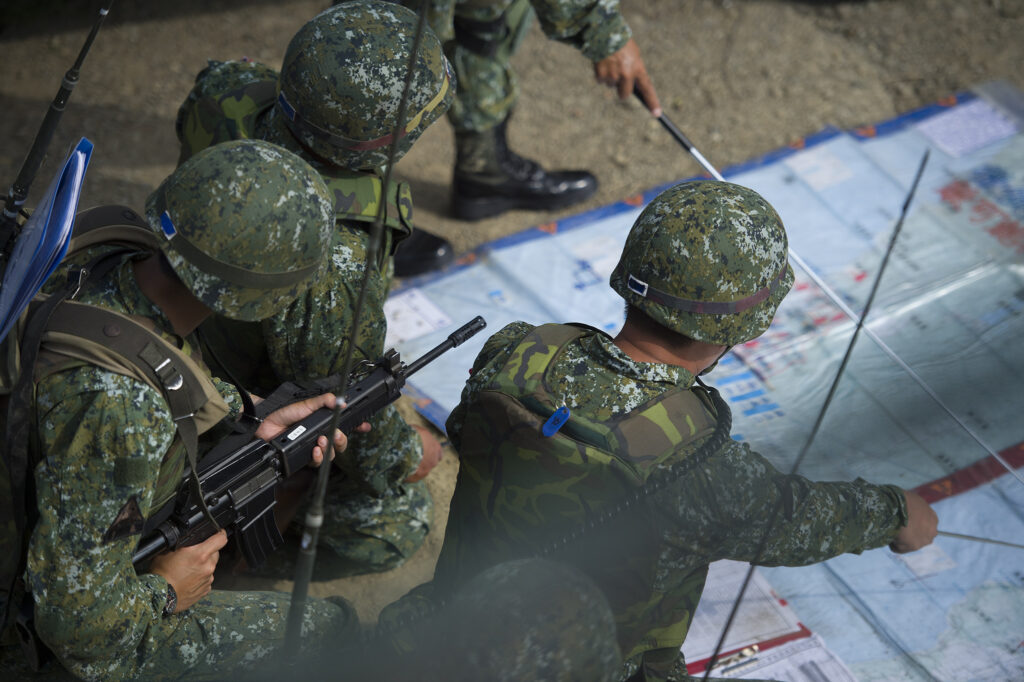
The Chinese military is watching the Russo-Ukraine War – and it doesn’t like what it sees.
China fears that the urban warfare tactics that Ukraine has used to stymie Russia’s invasion, could also be used by Taiwan to foil a Chinese invasion, according to the South China Morning Post, an independent newspaper based in Hong Kong.
The Post cited an article recently published in Naval and Merchant Ships, a Chinese defense magazine published by the state-owned China State Shipbuilding Corporation and one of the nation’s biggest defense firms.
“Ukraine has exploited Russia’s weaknesses.. and successfully forced Russia to change its strategies,” the article said. “How this success was achieved can hardly exclude factors such as NATO and the United States. And it’s not difficult to imagine that Taiwan would receive guidance, plans, intelligence, experience, and training [from NATO and the US], too.”
Many countries, including the U.S. and China, are grappling with the lessons of the Ukraine war. But some lessons are specific to the war in Ukraine, whereas others can be applied universally.
For example, Russian and Ukrainian troops are battling over plains bisected by rivers, dotted with woods, and with numerous cities, towns, and villages. Such a landscape is not perfect for mechanized warfare compared to places such as the open desert, however, it’s much more favorable than Taiwan’s landscape.
Related: Are we too quick to draw parallels between Ukraine and Taiwan?
A highly urbanized island

The 14,000-square-mile island – about the size of the state of Maryland – is both mountainous and highly urbanized, with almost 80 percent of the population living in urban areas as of 2020.
Taiwan’s first and best line of defense would be its air, naval, and air defense forces denying a beachhead to Chinese amphibious and airborne troops. But even if China did manage to create and maintain a foothold on the island, its troops would have to fight through terrain that is difficult for armor and a slog even for foot soldiers.
“Amphibious forces not only need to complete the tasks of soldier delivery, landing and support, but also guarantee Chinese forces’ maneuvering across regions on Taiwan island, forming a comprehensive combat team,” said Naval and Merchant Ships.
The Chinese magazine also pointed to another significant difference between Ukraine and Taiwan: the road network. Ukraine’s road network is a bit rough by North American and European standards and it limited the movement of Russian armored columns during the winter and spring mud seasons. However, Taiwan’s road network would confine an attacker even more.
“Taiwan’s major transport routes are limited in number and circle around the island; while roads are like nets in Ukraine cities, offering Russian forces multiple choices to enter a city,” Naval and Merchant Ships said.
“This limits the options to perform surprise attacks, as any deliberate damage to the major roads would segment Chinese forces into smaller components.”
Fighting amidst a hostile population

The Chinese article also worried that invaders would be hampered by hostility from the Taiwanese civilian population. The article suggested keeping Taiwanese forces outside cities, persuading Taiwanese to stay at home, and cutting off Internet access when necessary.
But a Chinese expert questioned whether it would be possible to separate Taiwanese soldiers and civilians.
“It’s unrealistic to separate Taiwanese troops and civilians since Taiwan’s major cities are port cities, which the Chinese military would try to seize in the first place and will be bound to meet Taiwanese military on the ground,” Ni Lexiong, a military analyst at the Shanghai University of Political Science and Law, told the Post.
This isn’t the first time that Naval and Merchant Ships has pondered an invasion of Taiwan. Last year, the magazine described a hypothetical assault that would be preceded by a ballistic and cruise missile barrage.
China, like Russia, faces an opponent that is much weaker, yet still possesses considerable military capability. Perhaps more importantly, both face a nation and a people that would rather fight than submit.
Michael Peck is a contributing writer for Sandboxx and Forbes. He can be found on Twitter and LinkedIn.
Read more from Sandboxx News
- Giant seaplanes may make a return as great-power competition in the Pacific heats up
- With an eye on China and Russia, the US Army wants to make its smart munitions more lethal
- ‘Top Gun: Maverick’ producer says Darkstar looked so real, China moved spy satellite to see it
- E-2D Hawkeye, Navy’s airborne early warning plane, gets spotlight in ‘Top Gun: Maverick’
- The US Navy still has a significant shipyard problem
Related Posts
Sandboxx News Merch
-

‘Kinetic Diplomacy’ Bumper Sticker (Black)
$8.00 Add to cart -
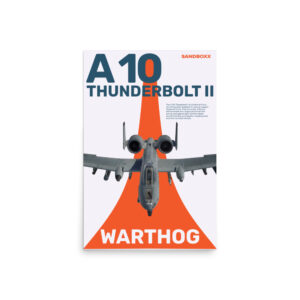
A-10 ‘Warthog’ Poster
$22.00 – $28.00 Select options This product has multiple variants. The options may be chosen on the product page -
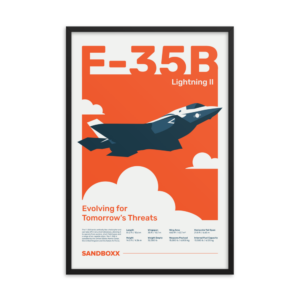
F-35 ‘Evolution’ Framed Poster
$45.00 – $111.00 Select options This product has multiple variants. The options may be chosen on the product page
Michael Peck
Related to: Military Affairs

The CIA used miniature models to meticulously plan high-stakes operations
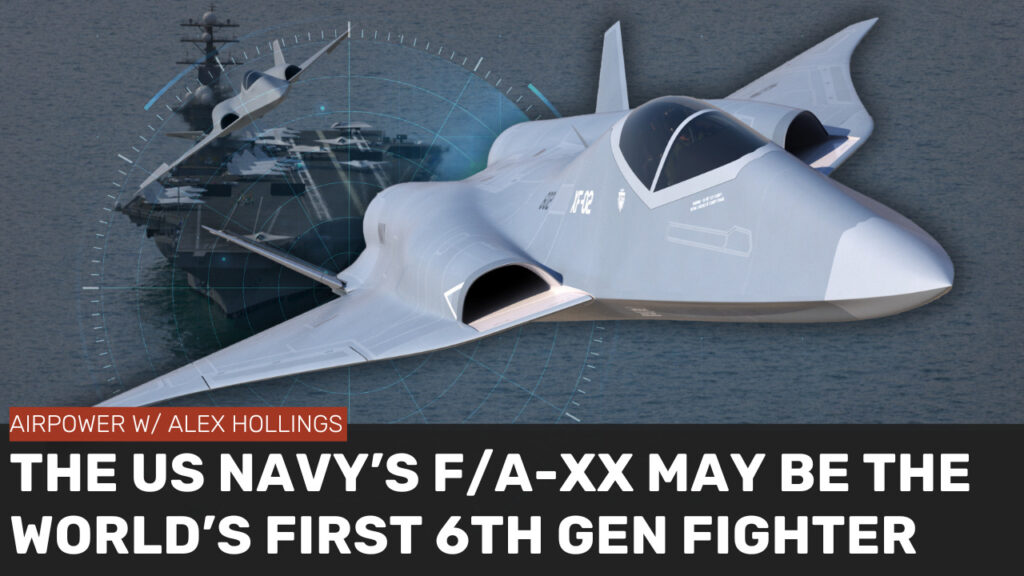
Video: The Navy’s F/A-XX may become the first 6th generation aircraft in the world
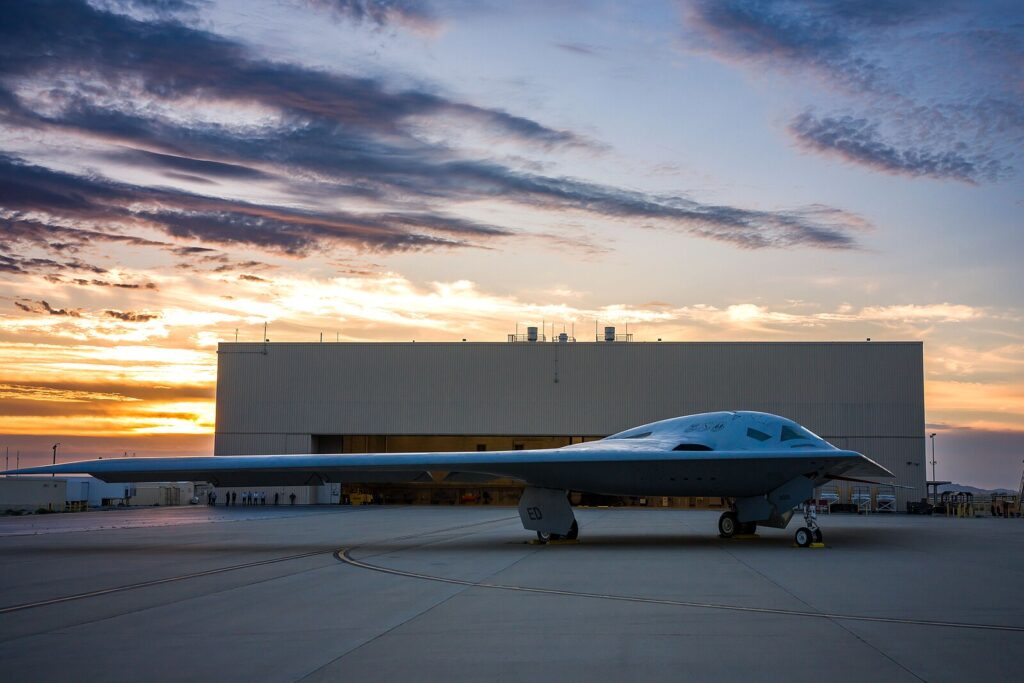
Video: The Air Force is considering the B-21 for air-to-air combat
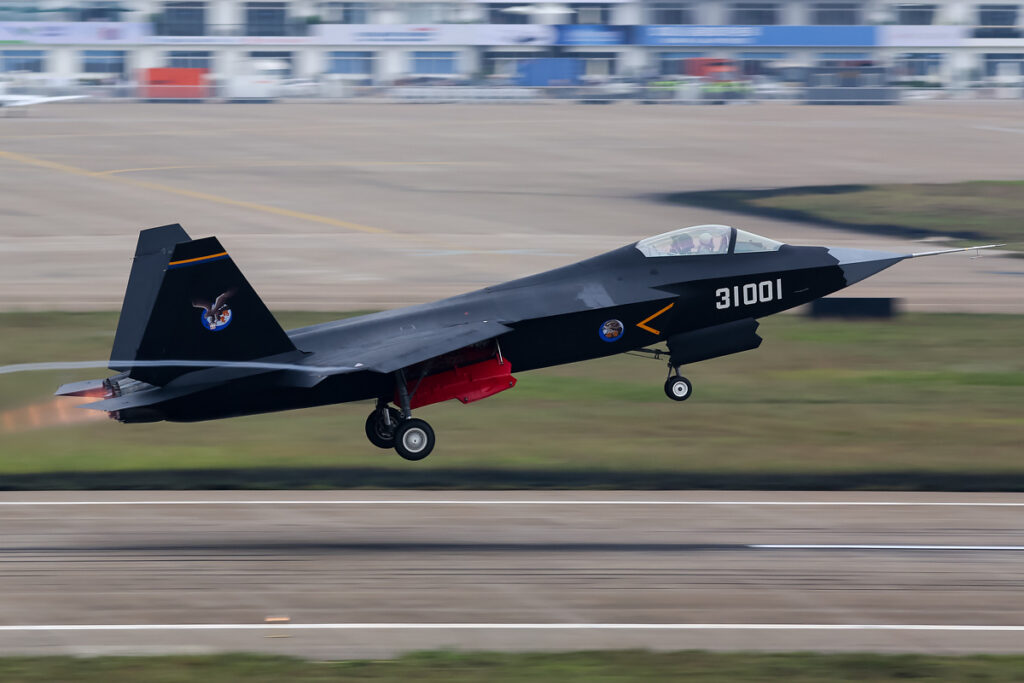
Video: How good is China’s new stealth fighter?
Sandboxx News
-

‘Sandboxx News’ Trucker Cap
$27.00 Select options This product has multiple variants. The options may be chosen on the product page -

‘AirPower’ Classic Hoodie
$46.00 – $48.00 Select options This product has multiple variants. The options may be chosen on the product page -

‘AirPower’ Golf Rope Hat
$31.00 Select options This product has multiple variants. The options may be chosen on the product page -

‘Sandboxx News’ Dad Hat
$27.00 Select options This product has multiple variants. The options may be chosen on the product page
